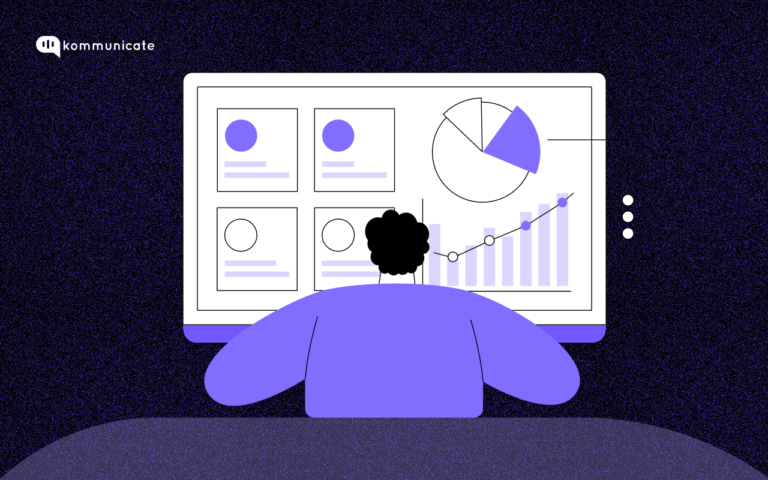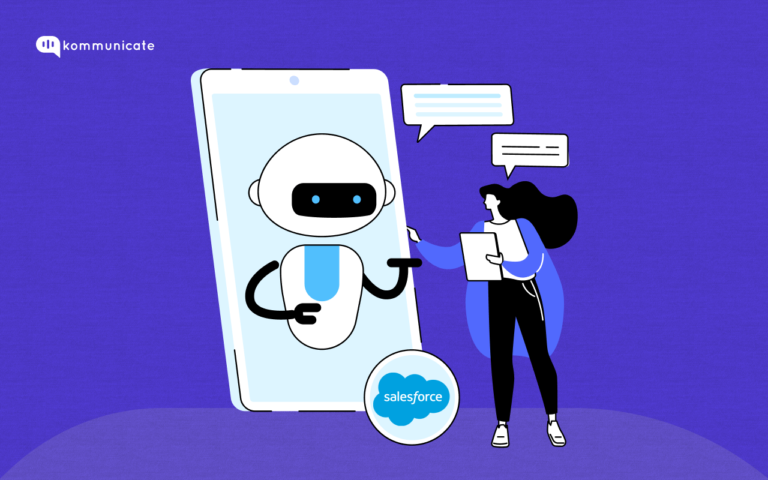Updated on October 18, 2022
If you’re like most marketers, you’re always looking for ways to improve your return on investment. And if you’re thinking about adding a chatbot to your website, you’ll be happy to know that chatbots can deliver some serious ROI. But before calculating your chatbot ROI, you need to understand what factors influence it.
So let’s take a look at the most important ones.
Factors that affect chatbot ROI
One of the advantages of chatbots is that they can automate repetitive tasks. For example, a chatbot can be configured to ask customers for their contact details or order information.
This feature can free up your time so that you can focus on more complex tasks.
Chatbots can also provide a personal touch to your customer service. By engaging in two-way conversations, they can build rapport and relationships with your customers. This benefit can lead to increased customer satisfaction and loyalty.
Ultimately, chatbots can improve your bottom line by saving you time and money while providing an excellent customer experience.
The numbers prove those arguments:
A 2017 Juniper study claimed that chatbots were expected to cut business costs by $8 billion per year by 2022. Other research points out that chatbots used wisely already help companies trim expenses by 30%.
The keyword, however, is using them wisely.
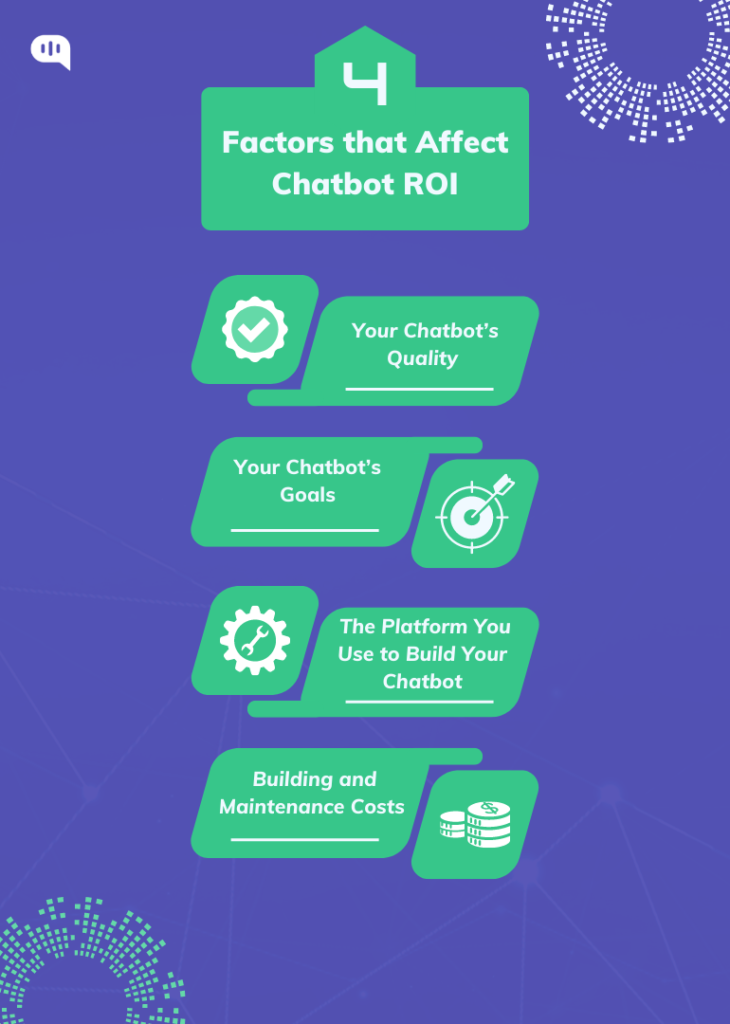
So, reviewing the factors that impact your chatbot’s ROI is essential.
1. Your chatbot’s quality
The quality of your chatbot is one of the most critical factors influencing its ROI. After all, if your chatbot is difficult to use or doesn’t provide accurate information, users will be less likely to engage with it. This can lead to a decrease in efficiency and an increase in costs.
That’s a problem.
Luckily, there’s a solution to ensure that your chatbot is high quality: test it thoroughly before launching it. In addition, consider using an intuitive platform that makes it easy to build and manage high-quality chatbots.
2. Your chatbot’s goals
Your chatbot’s goals will also influence its ROI. For example, if your chatbot is designed to sell products or services, it will need to generate a high sales volume to be successful. On the other hand, if your chatbot is designed to provide customer support, its success will be measured by the number of customers it helps to retain.
Remember: Keep your chatbot’s goals in mind when calculating its ROI.
3. The platform you use to build your chatbot
Quality platforms offer a wide range of features and integrations that can help improve your chatbot’s quality and efficiency. In addition, platforms like Kommunicate make it easy to manage your chatbot and track its performance. That feature is essential to optimize your chatbot over time and maximize its ROI.
4. Building and maintenance costs
Finally, the cost of building and maintaining your chatbot will also impact its ROI. Chatbots can be made using a variety of different tools and platforms. However, some platforms are more expensive than others, depending on their features.
Of course, the cost of maintaining a chatbot can also add up over time. Remember to subtract it from your profit when calculating your chatbot’s ROI.
That brings us to the essential issue:
How to Calculate Chatbot ROI?
The return on investment (ROI) of a chatbot can be tricky to calculate. Chatbots are still a relatively new technology, and businesses are still figuring out the best ways to use them.
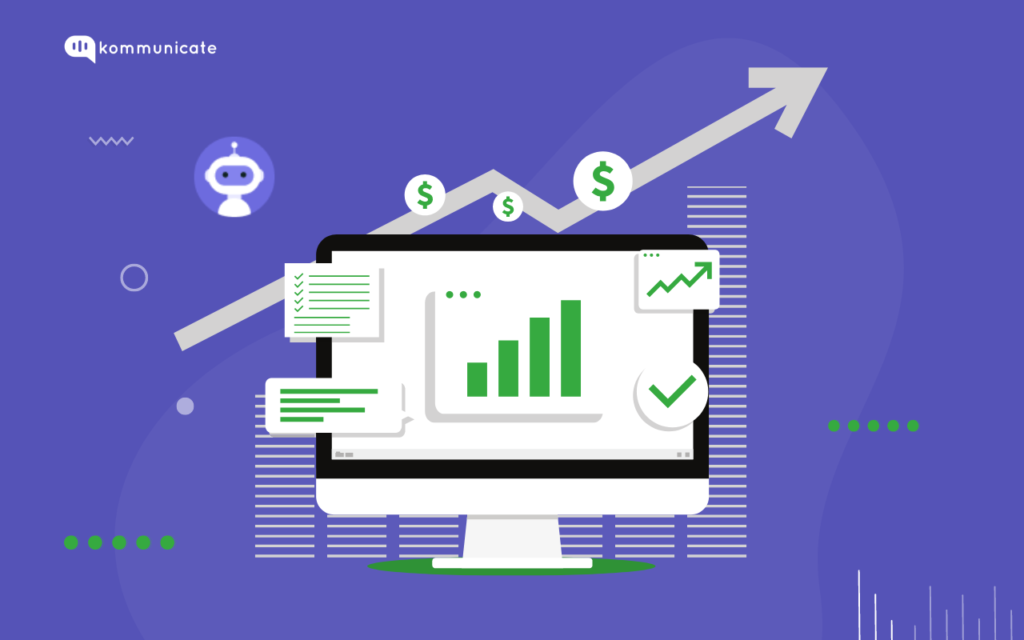
However, there are a few methods you can use.
One method is to look at the cost savings that the chatbot has generated. If a chatbot handles customer service inquiries, it can free up time for customer service representatives to handle other tasks. This can lead to increased efficiency and decreased costs.
Another way to calculate chatbot ROI is by analyzing the revenue generated by the chatbot. If a chatbot is used to sell products or services, then the revenue it generates serves as a basis to calculate its ROI.
Finally, the ROI of a chatbot can also be calculated by looking at the number of customers or users that it has helped retain. If a chatbot is used to provide support or answer questions, it can help reduce customer churn.
Ultimately, calculating the ROI of a chatbot depends on the specific goals and objectives of the business. These three methods provide a good starting point.
Let’s discuss them individually:
Chatbot ROI for customer service inquiries
Any business that’s considering implementing a chatbot for customer service inquiries will want to first calculate the return on investment (ROI). Fortunately, there’s a relatively straightforward formula for doing so.
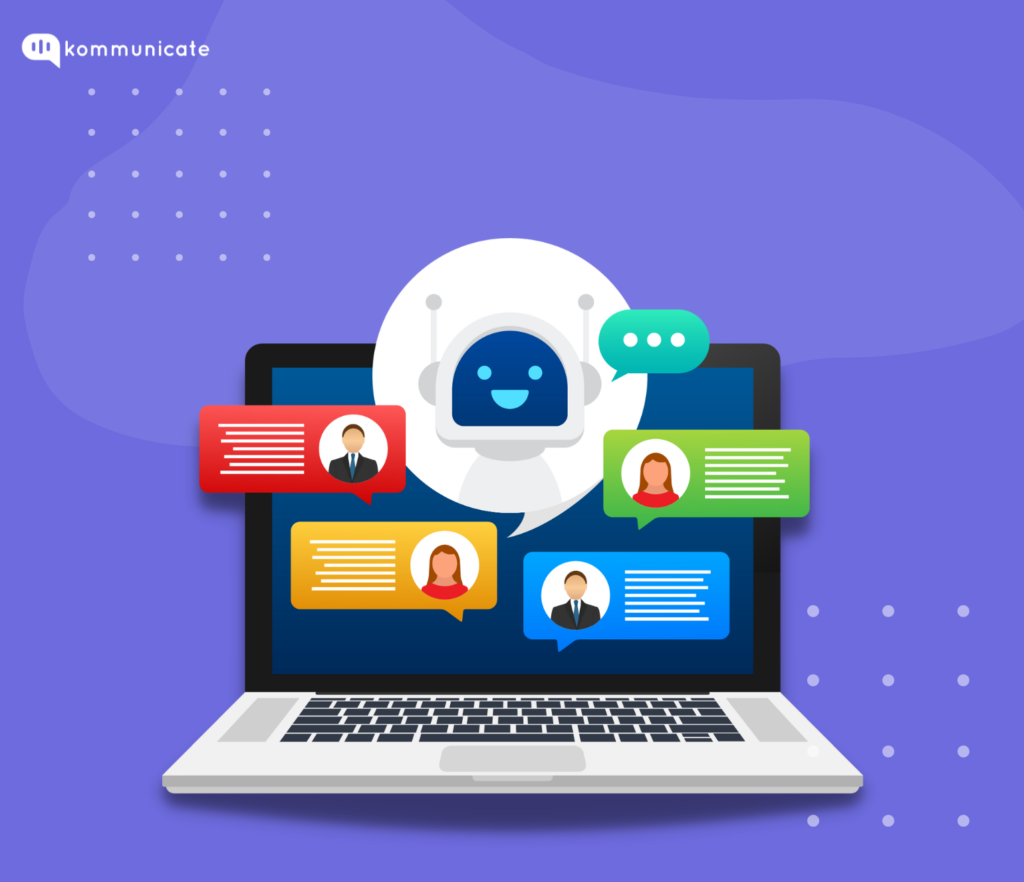
- Gauge the number of customer service inquiries handled by the chatbot. This estimation can be done by looking at historical data or conducting market research.
- Estimate the cost of implementing and maintaining the chatbot. This figure will include things like the cost of the software and the salaries of any staff members who will be responsible for managing the chatbot.
Once you have these two numbers, divide the cost by the number of inquiries to evaluate the price per inquiry. For example, if a chatbot costs $10,000 to implement and can handle 500,000 investigations annually, you’re paying $0.02 per discussion.
Now, compare your chatbot’s performance to that of your employees.
A chatbot works 24 hours, whereas your employees usually work 8-12. Even if you offer round-the-clock human customer service, each agent will talk with just one customer at a time. The same chatbot can handle multiple queries simultaneously.
So, you can:
- Compare the number of inquiries handled by your chatbot with the number of queries handled by your agents.
- For more precise figures, include the cost per discussion in this evaluation. That means taking into account your agent’s salaries and performances, too. A sales rep’s annual salary is an average of $60,000, without bonuses, commission, and 401(k).
If you have three employees working three shifts per day, your ROI is 18 times lower than that of a chatbot – without bringing the number of inquiries into the mix.
And there’s another problem:
This analysis compares just the costs and the number of inquiries, whereas the point of having a business is selling your products/services.
So, let’s discuss that issue as well:
Chatbot ROI for sold products/services
There’s no question that chatbots are all the rage these days. But before you dive in and build one for your business, it’s essential to calculate the potential return on investment (ROI) for the products you end up selling.
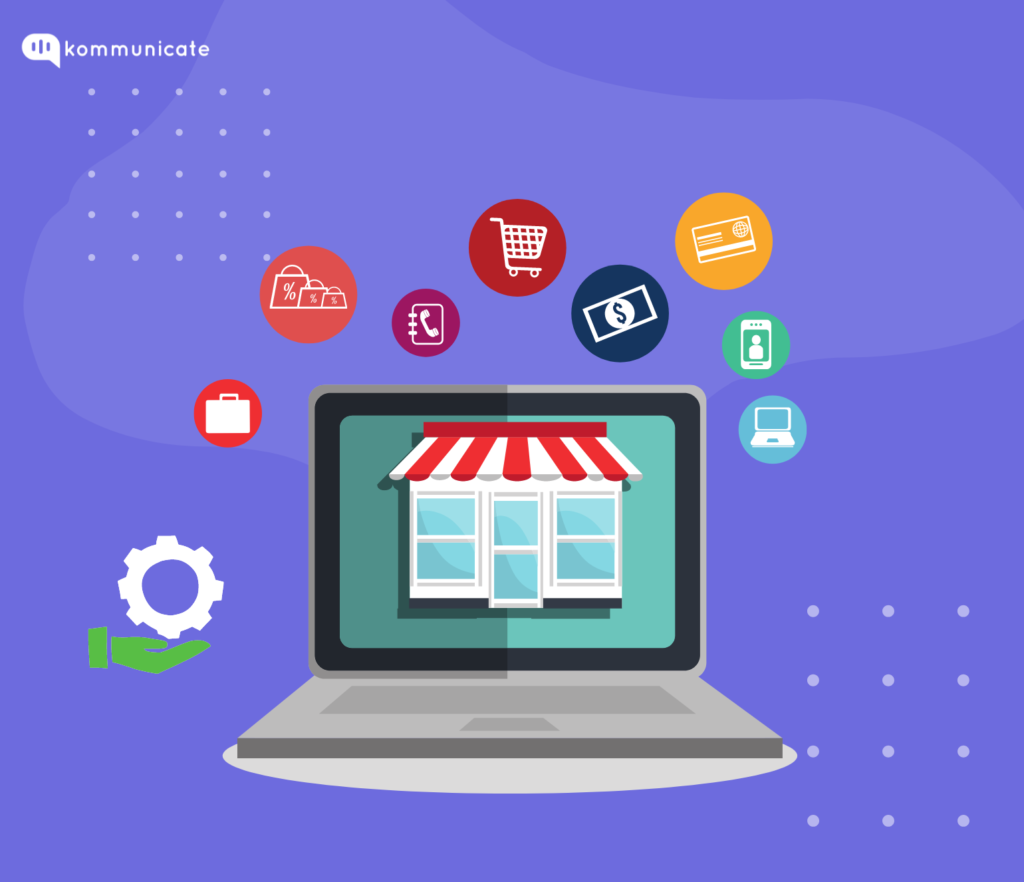
Otherwise, you’ll buy just a million or so cheap conversations with potential customers that don’t buy your products (ever again). Basically, you’re burying your brand willingly.
Here’s a quick and easy way to void that by assessing your chatbot ROI:
- Identify the average order value for your products or services.
- Determine the closing rate for sales conversations (i.e., the percentage of leads that ultimately result in a purchase).
- Count the number of conversations your chatbot has in a month.
- Multiply those numbers together to get your estimated ROI per month.
Note: The third factor (the number of conversations) is essential because you must compare your chatbot to your agents.
Let’s say your average order value is $100, and the closing rate is 10% for your chatbot and 20% for your agents. That means your estimated ROI would be $10 for every chatbot conversation and $20 for every human exchange.
However, the chatbot can sustain more interactions than the agents with lower building & maintenance expenses. Here’s some practical advice:
- Consider a chatbot if your customer service reps deal with hundreds/ thousands of queries per day and your average order value is low-ish. Or, if you’re a small business with only one to two virtual assistants and are trying to limit costs significantly.
- If you’re selling high-end, luxury products and only have a handful of customers who like face-to-face conversations, that chatbot might not be efficient.
Chatbot features for optimal sales
Here are some valuable features that your chatbot should have to ensure optimal sales:
- Ability to set key parameters, such as sending specific questions to specific customer service representatives
- Collecting essential information from customers before responding (e.g., name and phone number)
- Assessing lead-to-chat ratio. Have your reps mark relevant leads and see how many they lose when they’re offline. Next, multiply the missed chances by the ratio between your leads and the number of talks. Afterward, multiply that figure by the average value for each lead. So, for a 25% lead/conversation ratio and 600 missed leads/ month, you’re getting 25% * 600 = 150 people that could have become your leads each month. If your average value per lead is $200, that’s 150 * $200 = $30,000 you’re missing each month.
Chatbot ROI for customer retention
When it comes to customer retention, chatbots can be a powerful tool. But how do you know if your chatbot is making a difference? To calculate your chatbot’s ROI for customer retention, you’ll need to consider a few different variables:
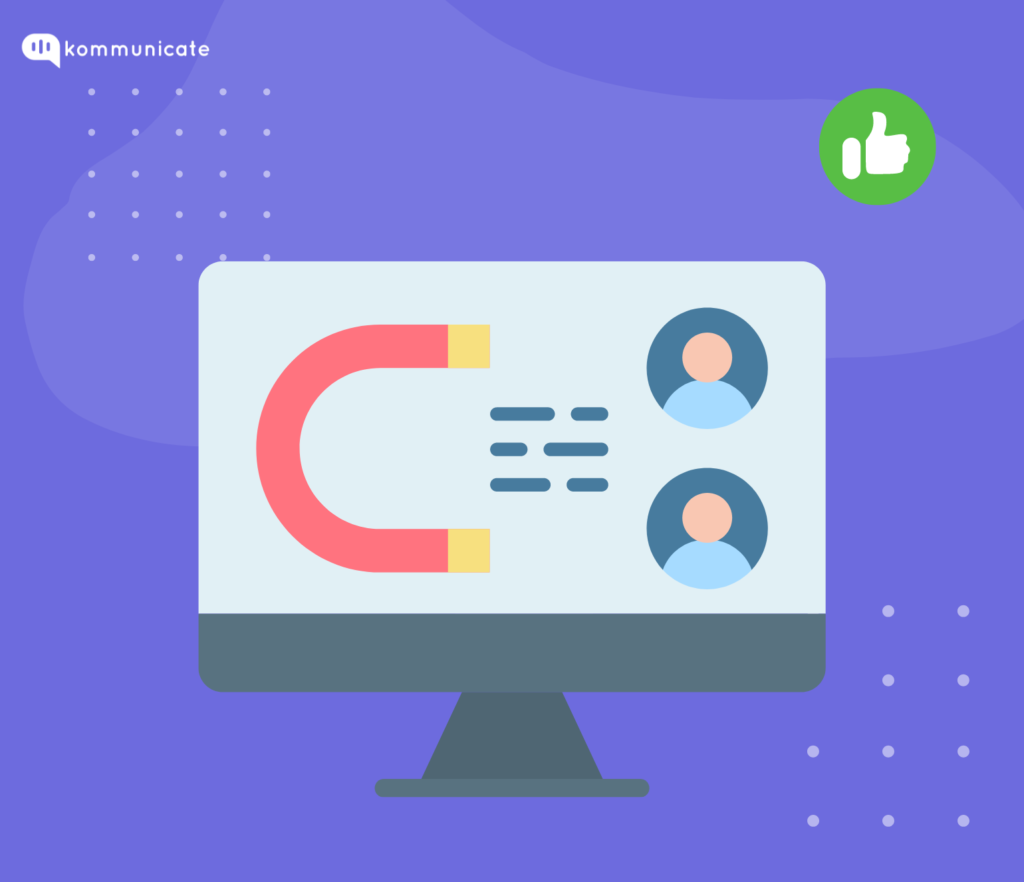
- Consider how much it costs to run your chatbot. Expenses include hosting, development, and other fees associated with keeping your chatbot up and running.
- Evaluate how much money you’re spending on customer support. This category includes salaries, training, and other overhead costs.
At this point, you can:
- Compare these two numbers to see if your chatbot is saving you money.
- Add the retention rate into the mix. For example, a reasonable customer retention rate for consumer-packaged goods is above 31% (the industry average). If your chatbot falls behind that rate by a lot, you need to consider adapting your chatbot and its platform or hiring a CPG marketing agency that can analyze different facets of this problem.
Wrap Up
Chatbots can essentially change the way customers view your business. In summary, they can:
- Provide round-the-clock customer support.
- Help qualify leads.
- Eliminate repetitive and time-consuming tasks.
- Save time and money.
- Humanize your brand.
- Reduce customer stress.
- Make it easier for you to understand your customer.
And we have just scratched the surface of what chatbots can do. A time may not be far when chatbots will replace entire websites, and conversational marketing will become the only kind of marketing that remains.
At Kommunicate, we are envisioning a world-beating customer support solution to empower the new era of customer support. We would love to have you onboard to have a first-hand experience of Kommunicate. You can signup here and start delighting your customers right away.



